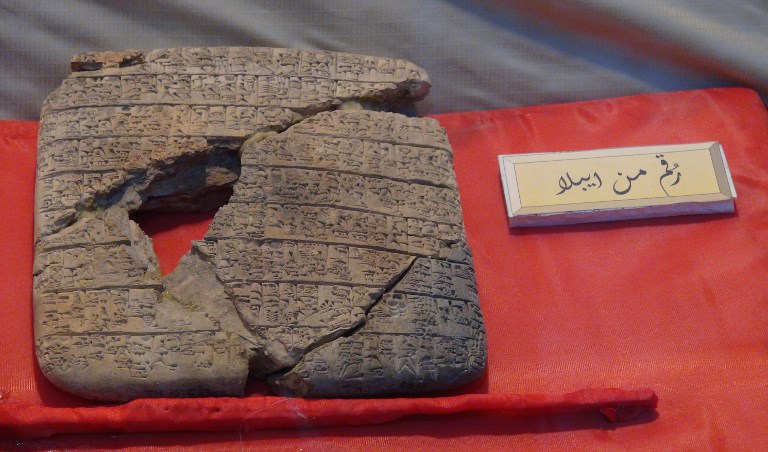São Paulo – What was Syria like in the third and second millennia before Christ? What were the kingdoms, how the people lived and what were the discoveries? An overview and some curious facts about the period will be presented by the Syrian scholar in art history Ayman Esmandar in an extension course at Rio de Janeiro University (UERJ) between March 16 and April 27.
Called “The mysteries, traditions and secrets in Ancient Syria,” the conferences focus on sharing facts about the Arab country in ancient times still not known by Brazilians. Esmandar will talk, for example, about the three reigns that existed in Syria – Ugarit, Mari and Ebla – which were discovered by archeologists in 1928, 1936 and 1974, respectively.
Esmandar tells that the discovery of Ebla changed what we thought we knew so far, that Egypt and Sumer were the oldest civilizations. “Ebla is the same age of Sumer and was more advanced,” the Syrian tells us. According to Esmandar, the reign had more than 270,000 inhabitants, women earned the same as men, and the reign had its own language and there was discovered the first dictionary.
About Ugarit, after 50 years of academic study, now we know that the reign created the first alphabet, which served as a basis for other languages, according to Esmandar. “It had a great cultural and academic impact,” he says about the discover of the reign. The facts about Ugarit came to light with 12,000 clay tablets with texts.
In Mari, 17,000 texts were found also in clay tablets, in addition to statues, temples and house models, and evidences of parfum manufacture for exportation. “It was a round city with a 12-mile diameter,” says Esmandar.
The scholar will also address themes outside the proposed period, such as the first villages with house buildings in North Syria in the ninth millennia BC, where wheat was cultivated, and the historical city Palmira, where 18 different religions coexisted. The Syrian will also talk about the ceremonies and rituals of Ancient religions, showing what people thought on the creation of life, the creator, the stars, and how that influenced the religions born later.
Esmandar lives in Brazil since 2013, where he came to because of the conflict in his country. In Syria, he gave classes of art history and ancient history at the Damascus University. Apart from being a scholar in these areas, he is also a visual artist, makes exhibitions, and even worked as a tourist guide in Brazil.
The classes about Ancient Syria will occur on Saturdays, in the days 16, 23 and 30 March and 6, 13, 20 and 27 April, in the Nucleus of Ancient History Studies of UERJ. Thee meetings will be from 1:30 to 4:30 pm and it costs BRL 50 (USD 14).
Quick facts:
Conferences “Os mistérios, tradições e segredos na Síria Antiga”
On Saturdays, from 16 March to 27 April 2019, from 1:30 to 4:30 pm
Núcleo de Estudos da Antiguidade in UERJ
Rua São Francisco Xavier, 524 – Pavilhão João Lyra Filho – Sala 9030 A – Rio de Janeiro
Information: (21) 2334 0227 – neaeventos@gmail.com
Cost: R$ 50 (USD 14)
Translated by Guilherme Miranda




